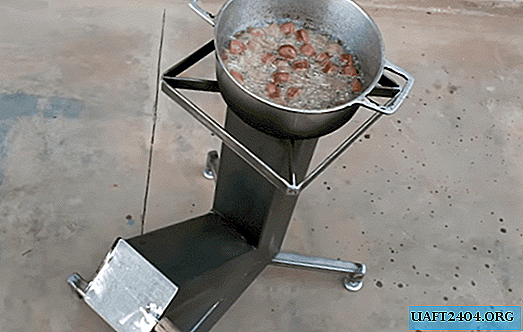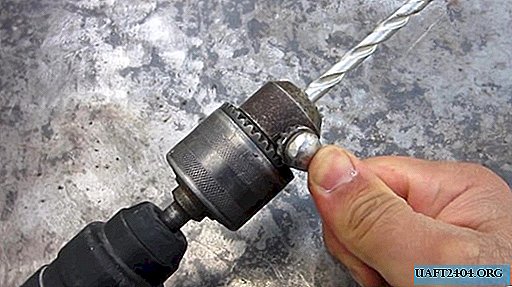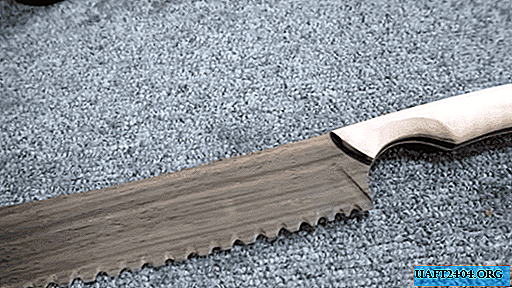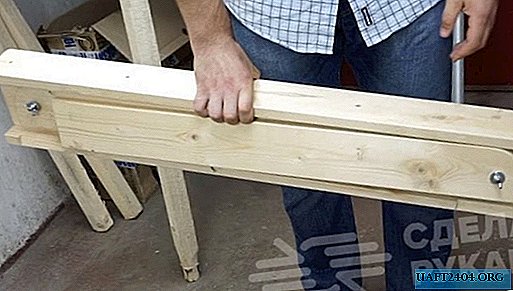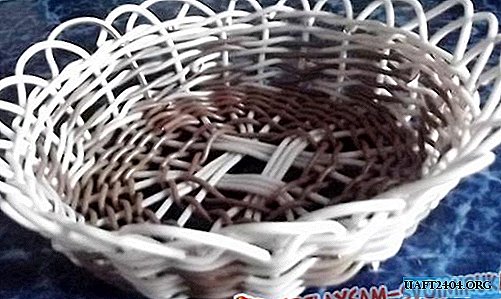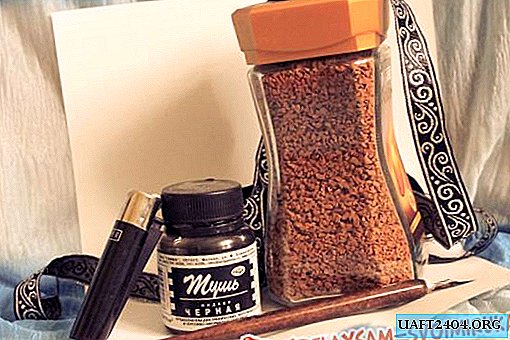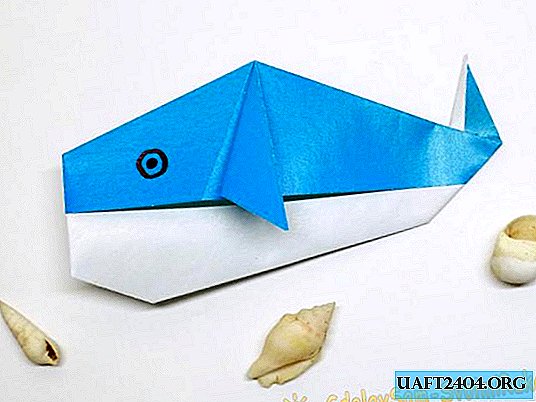Share
Pin
Tweet
Send
Share
Send
What you need to prepare
In addition to pieces of plastic pipe with a diameter of 3/4 and 1/2 inches, you must have a nichrome wire with a diameter of 0.3-0.5 mm and a length of 30-40 cm, a voltage transformer 12 V or 24 V, a metal spring and a powerful household or industrial hair dryer . The diameter of the spring should allow it to enter the conditional hole of the pipe. The pipe is cut with special scissors. Holes are made using a screwdriver with drills or stones. Electrical work is carried out with a flexible cable; plastic bottle caps are used for plugs. The insulation of the joints is done by shrink pieces.
Foam Cutter Making
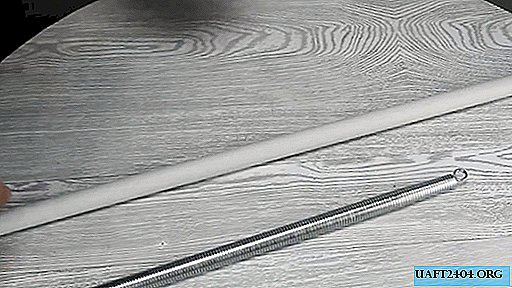
Insert the spring for bending pipes into the pipe. The length of the segment is about 70 cm.

Using a hair dryer, evenly heat the pipe surface and bend it at a distance of about 25 cm from the end. In the upper part, make a loop about 15 cm long, press the end to the pipe.


Heat the remaining piece again and bend at an angle of 90 degrees, you get one shoulder for fixing the wire. After each bending, do not forget to pull out the spring.
Bend the second end of the tube, the length of the shoulder should be approximately equal to the parameters of the first. Using special scissors, trim the length of the ends of the device.

At the turn of the handle, make a hole, use a screwdriver and a nozzle with a stone. Insert two pieces of flex cable into the hole. They should leave from two risers.
Punch holes in the plastic covers. Insert a hook with an M6 thread into them, tighten the nuts on the back and firmly fix the wires.

Put the prepared plugs on the ends of the device. Solder the adapter (transformer) to the wires, protect the connection points with heat shrink tubes. Glue them to the tube wall of the torch handle. Lubricate the touch points with hot glue and firmly squeeze with a plastic screed. Screw and pull the nichrome wire to the hooks.

The cutter is ready, change the voltage and achieve high-quality foam cutting.

Making a hacksaw
Estimate the length of the pipe segment. It should be equal to the sum of the length of the saw and the uprights. Approximately 60 cm is necessary. Insert a spring into the end, heat the surface with a hairdryer and bend at a right angle. The length of the segment is about 15-20 cm.

Start making a pen - wind the wire onto the end, the spiral pitch is about 1 cm.

To exclude spontaneous extension of the hacksaw knee, wind the ends with electrical tape, fix their position.
Constantly pull the wire and heat the pipe with a hairdryer. The metal will start to crash a little into the pipe and leave deep grooves. You should get a comfortable handle that makes it easier to hold the hacksaw while working.

Cut a gap under the hacksaw with a thin abrasive disk at the ends. Scissors remove excess pipe.

Insert the hacksaw blade into the holes made, fix its position with any improvised materials (studs, staples, engravers, etc.).


The tube gives the hacksaw sufficient tension; it is easy to work with the tool.

Making a selfie stick
According to the above algorithm, prepare spiral grooves for the handle on one end of the tube. On the second, cut four slots with a length of approximately 10 mm.

In a pipe of a smaller diameter, drill a hole with a diameter of 6 mm, heat the end and flatten it.


Clamp the M6 bolt in a vice, cut a piece of tube 1.5 cm long, put it on the head of the bolt. Heat the plastic and squeeze around the perimeter with pliers. You should get a lamb for pulling together the elements.


Screw it into the prepared hole. To prevent the stick from being visible in the frame, bend it slightly.

Take a clamp suitable for the diameter of the pipe and paint it black.

Install it on the cut end of a large pipe, insert a small one into it and firmly fix it with the wing at the required distance.
End the handle end with a plastic bottle cap, use a hot glue gun.

It remains to fasten the camera and go for pictures.




Conclusion
Only three options for crafts were considered, in fact, there are much more. Do not be afraid to experiment on your own and give a second life to unnecessary pieces of plastic pipes.
Share
Pin
Tweet
Send
Share
Send

